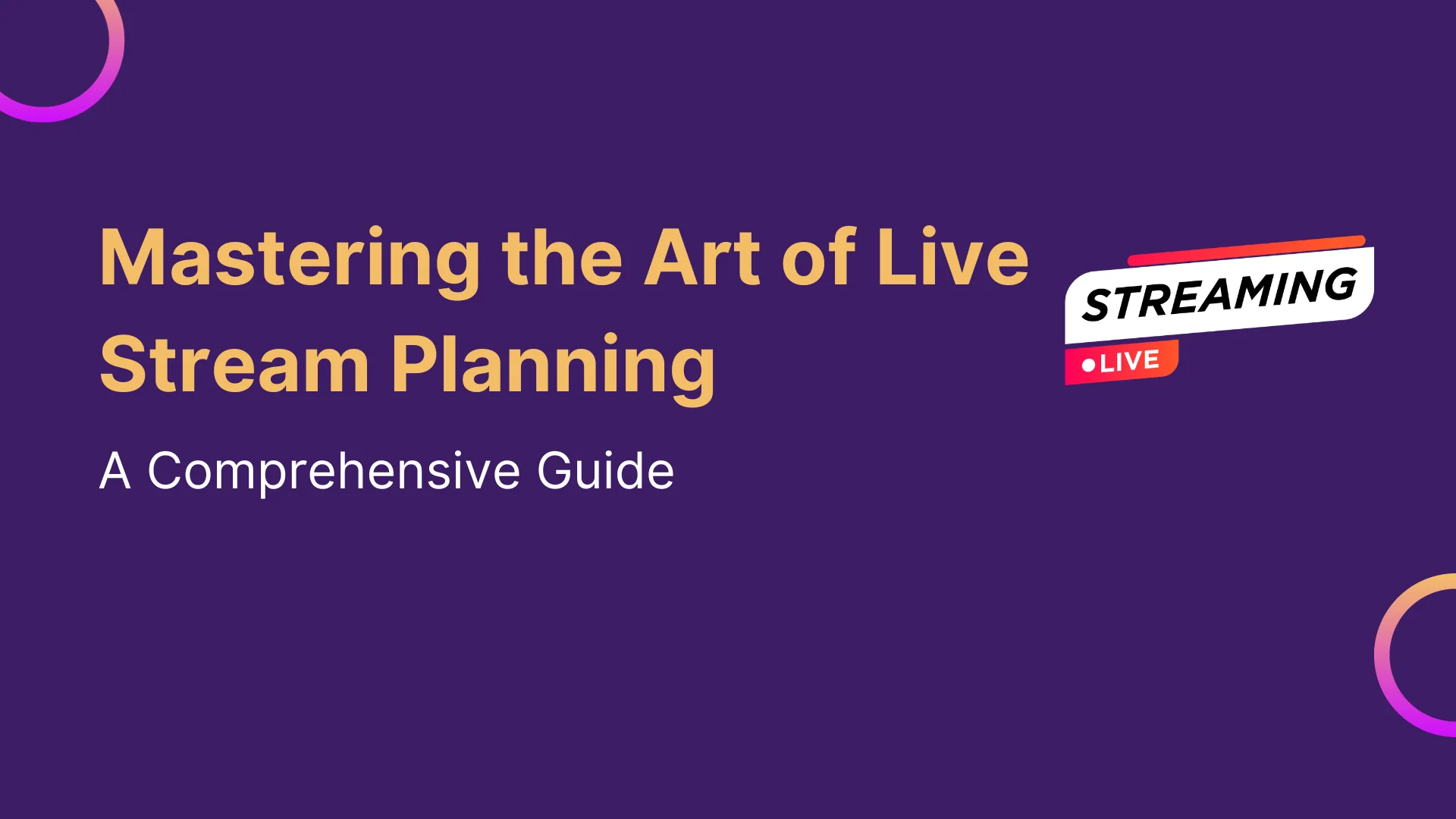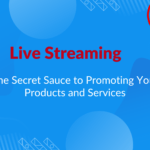In the ever-evolving digital landscape, live streaming has emerged as a dynamic tool for real-time audience connection. Whether you’re a business unveiling a new product or an individual sharing valuable insights, a well-planned live stream can make a significant impact. In this thorough guide, we’ll explore the steps to plan and execute a successful live stream that captivates your audience and leaves a lasting impression.
Laying the Foundation: Define Your Purpose and Know Your Audience
Define Your Objectives
Before delving into the technical aspects, start by clearly defining the purpose of your live stream. Are you launching a product, conducting a tutorial, or hosting a Q&A session? Understanding your goals shapes the content and ensures a more engaging experience.
Understand Your Audience
Identifying your target audience is crucial. Tailor your content to their preferences, considering factors such as interests, time zones, and preferred platforms. This knowledge allows you to create content that resonates with your viewers, fostering a stronger connection.
Platform Selection: Where to Showcase Your Live Stream
Choose the Right Platform
Selecting the appropriate platform is vital for reaching your target audience. Each platform caters to different demographics, so choose one that aligns with your goals. Popular choices include YouTube Live, Facebook Live, and Twitch, each offering unique features and reach.
Set a Consistent Schedule
Consistency builds anticipation. Set a regular streaming schedule to attract and retain viewers. Communicate this schedule through social media or email newsletters, keeping your audience informed and engaged.
Technical Preparation: Ensuring a Seamless Experience
Check Your Equipment
Technical hiccups can be a buzzkill. Ensure your camera, microphone, and internet connection are in optimal condition. A stable and high-speed internet connection is crucial for delivering a smooth live stream.
Test Software and Tools
Familiarize yourself with the streaming software and any additional tools before going live. Testing helps identify potential issues and ensures a hassle-free experience when your audience is watching.
Have a Backup Plan
Murphy’s Law applies to live streaming too. Prepare for the unexpected by having a backup plan. Consider alternative streaming platforms or backup equipment to mitigate technical glitches.
Engaging Your Audience: Making Your Live Stream Unforgettable
Encourage Interaction
Engage your audience by encouraging comments, polls, or Q&A sessions during the live stream. Interactivity not only enhances the viewer experience but also strengthens the connection between you and your audience.
Promote Your Live Stream
Don’t leave your live stream’s success to chance. Utilize social media, email newsletters, and other channels to promote your live stream in advance. Tease exciting content to build anticipation and generate interest.
Prepare Engaging Content
Craft a well-thought-out script or outline for your live stream. Whether you’re sharing a captivating story, an informative presentation, or an entertaining performance, prepared content keeps your audience engaged from start to finish.
Frequently Asked Questions (FAQs)
1. Can I use my smartphone for live streaming?
Absolutely! Many successful live streams are conducted using smartphones with decent cameras and stable internet connections.
2. What is the ideal duration for a live stream?
While it varies, aim for at least 15-30 minutes to provide substantial content and keep your audience engaged.
3. Are there copyright concerns with live streaming?
Yes, be cautious with copyrighted material. Use royalty-free music and visuals to avoid copyright infringement.
4. Can I monetize my live streams?
Yes, platforms like YouTube and Twitch offer various monetization options, including ad revenue, donations, and sponsorships.
5. Is it necessary to interact with viewers during the live stream?
Highly recommended. Interaction creates a sense of community and enhances the overall live streaming experience.
6. How can I handle technical issues during a live stream?
Have a backup plan, stay calm, and communicate with your audience. If necessary, restart the stream using your contingency setup.
Conclusion
Planning and executing a successful live stream require a combination of thoughtful preparation and technical know-how. By defining your purpose, understanding your audience, and mastering the technical aspects, you’ll create an engaging and seamless live stream experience. Embrace the opportunities that live streaming offers, and watch your audience grow in real-time.






